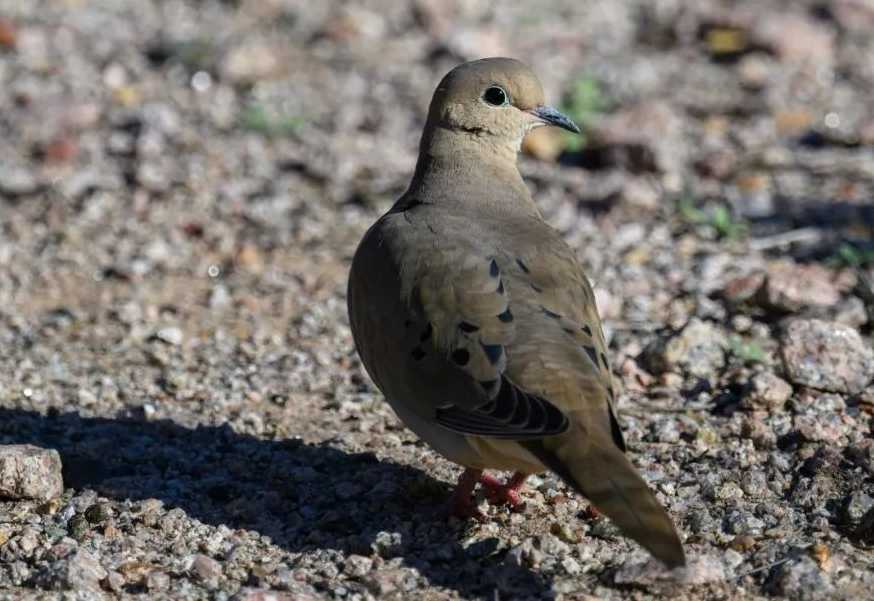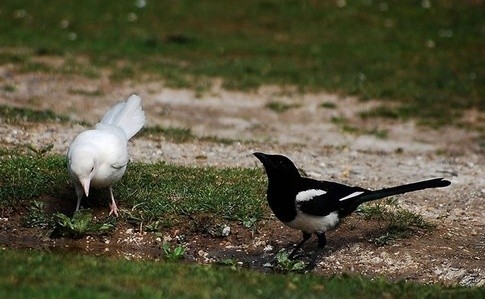Scientifically named Urocissa erythroryncha, this 65-cm corvid is a common sight in southern China’s mountain forests, feasting on insects and fruits. Revered in folklore as the "mountain phoenix," it’s celebrated as one of China’s most visually striking native birds, captivating observers with its dramatic plumage and graceful demeanor.
The Red-billed Blue Magpie: China’s Enigmatic 'Mountain Phoenix' and Avian Elegance Personified
Scientifically named Urocissa erythroryncha, this 65-cm corvid is a common sight in southern China’s mountain forests, feasting on insects and fruits. Revered in folklore as the "mountain phoenix," it’s celebrated as one of China’s most visually striking native birds, captivating observers with its dramatic plumage and graceful demeanor.

Source: Images from the Internet, if there is any infringement, please contact the removal of
The magpie’s defining features are its scarlet bill and claws, contrasting sharply with cobalt-blue wings and tail feathers tipped in snow-white. When the tail fans out, it resembles an elegant folding fan, while in flight, its elongated feathers trail like silken streamers—"a living ribbon dancing through the treetops," describes ornithologist Dr. Maya Zhang. This architectural beauty serves both functional and aesthetic purposes: the long tail aids in aerial maneuvering, while the bold colors signal dominance in social flocks.
Native to subtropical woodlands, the red-billed blue magpie thrives in noisy, gregarious groups, often seen chasing predators or defending territories. "Their intelligence matches their beauty," notes avian biologist Dr. Li Wei. "They use complex calls to coordinate foraging, and their curiosity has been known to lead them to investigate human activities." In traditional culture, their presence was considered an omen of good fortune, with artists capturing their likeness in scrolls alongside peonies and pine trees.
Despite its adaptability, habitat loss threatens some populations, though it remains relatively common in protected areas. For birdwatchers, spotting a magpie in flight is a breathtaking experience: "The cobalt wings flash in the sun, while the white-tipped tail streams behind like a comet’s trail," says wildlife photographer Chen Kai. "No wonder locals compare it to a phoenix—there’s something otherworldly about how it moves, as if nature designed it to blur the line between bird and mythical creature."
In avian ecology, the magpie plays a vital role in seed dispersal, aiding forest regeneration. Its Latin name, Urocissa erythroryncha (meaning "red-billed tail beauty"), perfectly captures its dual allure: a striking red bill and a tail that steals the show. "Every aspect of its appearance seems crafted for drama," adds Zhang. "From the scarlet claws that grip branches to the cobalt tail that signals its presence across valleys, this magpie is a testament to nature’s ability to blend practicality with art. In the misty mountains of southern China, it’s not just a bird; it’s a flying poem, a living incarnation of the wild’s most vivid imagination."





